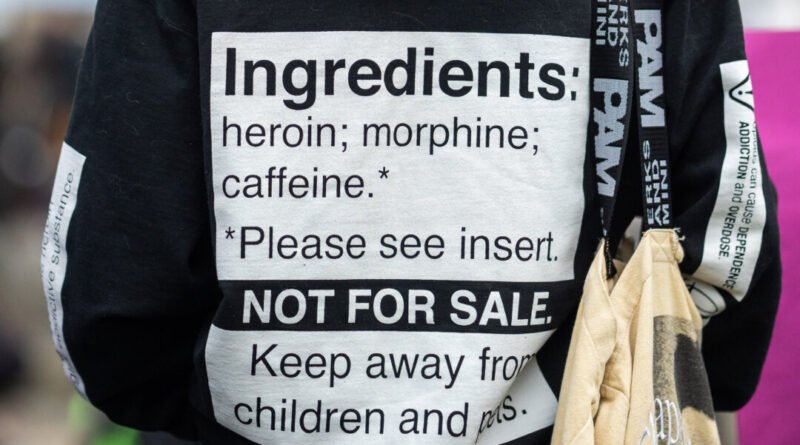Cory Morgan: The ‘Safer Supply’ Drug Policy Has Been Proven a Failure Without a Doubt
Commentary
Good intentions don’t change the outcome of bad policies.
While policies of law enforcement on hard drug use have a limited impact on addiction and overdose rates, at least they weren’t making things worse. The same can’t be said for policies of enablement. Proponents of enablement have become almost religious-like as they refuse to acknowledge the failures of enablement policies and insist on continuing with them. Despite years of enablement policies, disorder on the streets has been increasing while deaths due to overdoses continue to rise.
If hard evidence of the harms being caused won’t stop the enablement movement, perhaps direct consequences to the enablers will.
A naive misunderstanding of the nature of addiction and the compulsions addicts suffer from has led to the safe-supply policy failure. When a person is addicted to a substance, it isn’t a static condition. The longer they are addicted, the more tolerant their body becomes to the drug they take, thus they are forced to either consume increasing amounts of the drug or they need a more powerful version of it.
Hydromorphone won’t satisfy a late-stage fentanyl addict, but the addict can trade their prescribed hydromorphone pills to a street dealer for more powerful drugs. The dealer then sells the pills to new markets where young addicts are initially satisfied with the dose. It’s an ugly cycle and it’s pouring more drugs onto the streets and into the hands of youth than ever.
Police across the country have been seizing supplies of diverted drugs that originated from safe-supply prescriptions and have been vocal in their frustration with the policy.
Not only does the ready supply and low cost of diverted drug supplies contribute toward creating new addicts, but the labelling of the drugs as being “safer” eases misgivings among some trying the drugs for the first time. They may believe the drugs are less potent or less addictive due to having come from a pharmacy and referred to as a safe, without realizing just how dangerous the drugs are.
If the lawsuit launched by the parents of Amelie North and Greg Sword against the federal and B.C. governments wins, or at least begins to gain traction, we can expect families of addicts suffering due to diverted supplies to follow suit and a larger class-action suit may be pending. If governments, and perhaps even some of the addiction enablement activists, suddenly find themselves being held liable for damages caused by their policies, a dose of reality may finally sink in.
We don’t have a magic bullet solution for the opioid addiction crisis. We do know, however, that enablement doesn’t work, and let’s hope the courts put an end to the practice so we can focus on finding a real cure for this horrific epidemic.
Views expressed in this article are opinions of the author and do not necessarily reflect the views of The Epoch Times.






